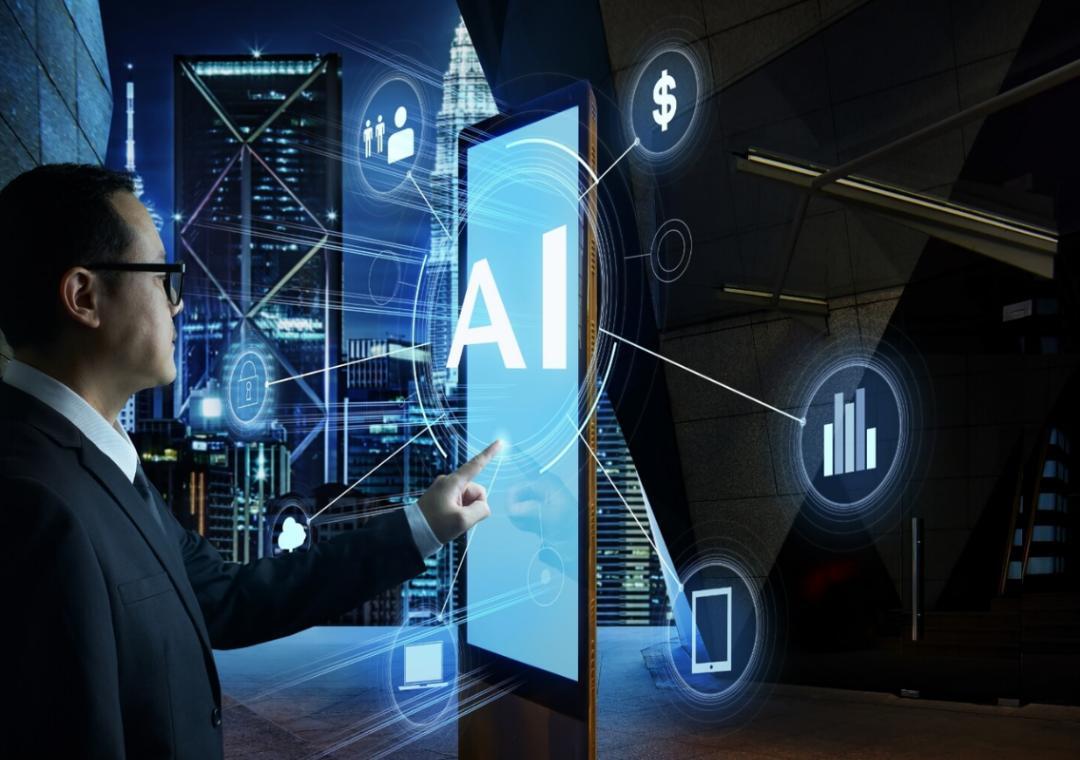
AI & ML now power over 77% of business processes
As we continue to navigate the ever-evolving landscape of technology, it’s becoming increasingly clear that Artificial Intelligence (AI) and Machine Learning (ML) are no longer futuristic concepts – they’re operational essentials. Gone are the days when AI and ML were considered niche topics, relegated to the realm of science fiction and futuristic speculation. Today, over 77% of enterprises use AI/ML to improve productivity, reduce costs, and personalize user experiences.
The shift towards AI and ML isn’t optional; it’s fundamental to staying competitive in a digital-first world. In this blog post, we’ll explore why AI and ML have become so integral to modern business operations, and what this means for enterprises looking to stay ahead of the curve.
What are AI and ML?
Before we dive into the importance of AI and ML in business, it’s essential to understand what they are and how they differ.
Artificial Intelligence (AI) refers to the development of computer systems that can perform tasks that typically require human intelligence, such as learning, problem-solving, and decision-making. AI systems can be programmed to analyze data, recognize patterns, and make predictions or recommendations based on that data.
Machine Learning (ML), on the other hand, is a type of AI that enables systems to learn from data without being explicitly programmed. ML algorithms can analyze large datasets, identify patterns, and make predictions or classifications based on that data. This allows ML systems to improve their performance over time, without the need for human intervention.
Why are AI and ML so important in business?
So, why have AI and ML become so crucial to modern business operations? The answer lies in their ability to:
- Automate tasks: AI and ML can automate repetitive, time-consuming, and high-volume tasks, freeing up human resources to focus on more strategic and creative work.
- Improve productivity: By automating tasks and streamlining processes, AI and ML can improve productivity and reduce the risk of human error.
- Enhance customer experiences: AI-powered chatbots, for example, can provide 24/7 customer support, while ML algorithms can analyze customer data to offer personalized product recommendations and improve customer retention.
- Reduce costs: AI and ML can help businesses reduce costs by identifying areas of inefficiency, optimizing supply chains, and predicting maintenance needs.
- Stay competitive: In a digital-first world, AI and ML are no longer optional – they’re essential for staying competitive and keeping up with the rapidly changing landscape of technology.
How are businesses using AI and ML today?
So, what are businesses using AI and ML for today? The answer is: a wide range of applications across multiple industries. Here are a few examples:
- Customer support: AI-powered chatbots are being used to provide 24/7 customer support, helping businesses reduce response times and improve customer satisfaction.
- Fraud detection: ML algorithms are being used to detect fraud in real-time, helping businesses reduce the risk of financial loss and improve compliance.
- Predictive maintenance: AI-powered sensors are being used to predict maintenance needs, helping businesses reduce downtime and improve equipment efficiency.
- Personalized marketing: ML algorithms are being used to analyze customer data and offer personalized product recommendations, helping businesses improve customer retention and increase revenue.
- Supply chain optimization: AI-powered algorithms are being used to optimize supply chains, helping businesses reduce costs and improve delivery times.
The future of AI and ML in business
As AI and ML continue to evolve, we can expect to see even more innovative applications across multiple industries. Here are a few predictions for the future of AI and ML in business:
- Increased adoption: We can expect to see even more widespread adoption of AI and ML across multiple industries, as businesses look to stay competitive and improve productivity.
- Improved accuracy: As ML algorithms continue to learn and improve, we can expect to see even more accurate predictions and recommendations, leading to improved business outcomes.
- Increased focus on ethics: As AI and ML become more pervasive, we can expect to see a greater focus on ethics and transparency, as businesses look to ensure that these technologies are used responsibly.
- New job creation: While AI and ML may automate some tasks, they will also create new job opportunities in areas such as data science, machine learning engineering, and AI research.
Conclusion
In conclusion, AI and ML are no longer futuristic concepts – they’re operational essentials. Today, over 77% of enterprises use AI/ML to improve productivity, reduce costs, and personalize user experiences. As businesses look to stay competitive in a digital-first world, AI and ML will continue to play a critical role in driving innovation and growth.
If you’re looking to get started with AI and ML, we recommend starting with small-scale projects and working your way up to more complex applications. And if you’re already using AI and ML in your business, we encourage you to continue exploring new and innovative ways to leverage these technologies.
Source:
https://www.growthjockey.com/blogs/what-is-ai-and-ml-how-is-it-important
Note: The statistics mentioned in this blog post are based on the article “What is AI and ML? How is it important?” by GrowthJockey.






